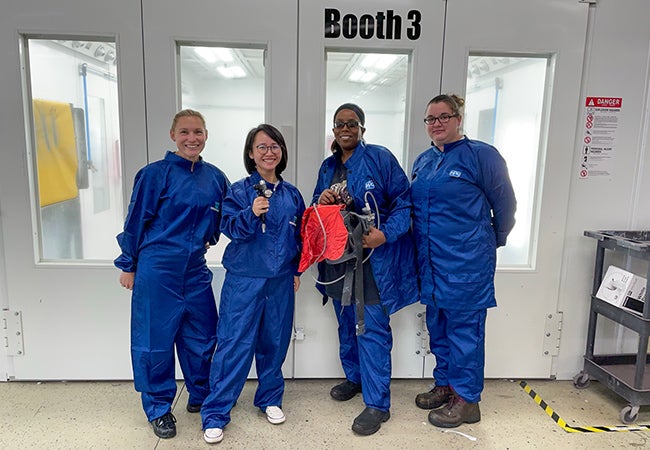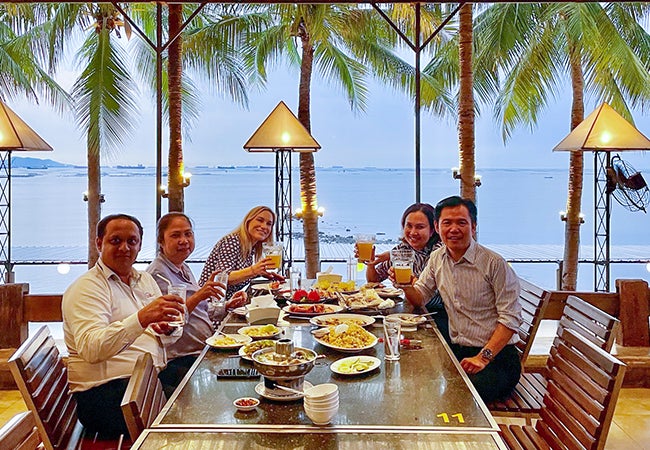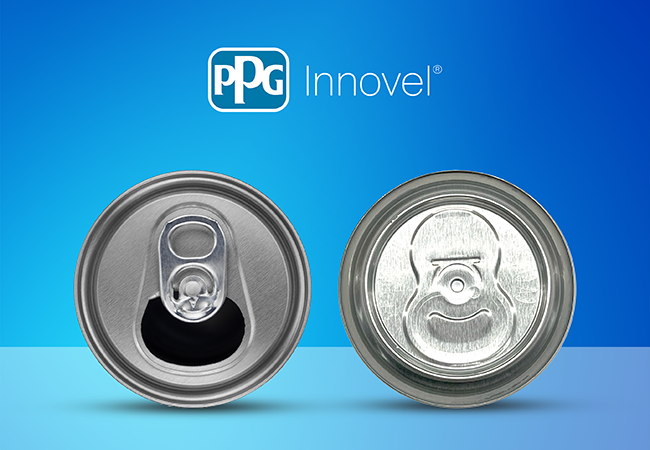The Easy-Open-End (EOE) segment focuses on something so familiar that most of us hardly think about it – a small but essential part of the beverage can. Yet behind this seemingly simple component is a global team dedicated to predicting future needs, and shaping the way we enjoy our favorite drinks all around the world. Join Viktoria Tager, our global segment manager, Easy-Open-Ends, as she pulls back the curtain on the complexities, innovative procedures, and ambitious plans driving the future of can ends.
Technical at a Core
Despite stepping into her current role in PPG in 2023, Viktoria Tager is no stranger to the world of packaging coatings. She brings with her 18 years of experience in paints and coatings, and a natural inclination toward the technical.
"I have a bachelor's degree in chemical engineering, specializing in paint development. I’ve worked with various technologies, which has given me a good understanding of paints."
As the global manager for the EOE segment, Viktoria's role involves building strategies from multiple perspectives.
"What I do is incredibly diverse. I get to interact with major beverage brands, which is a unique experience."
Together with her team, Viktoria is shaping the future of the EOE segment, envisioning what it will look like in 10 to 15 years. Will it still involve a coating? If so, what kind? Will the can opening still have the same functionality? These are just some of the questions they consider, all while aligning their vision with the needs and goals of their customers – leading beverage brands – and ensuring they deliver meaningful value.
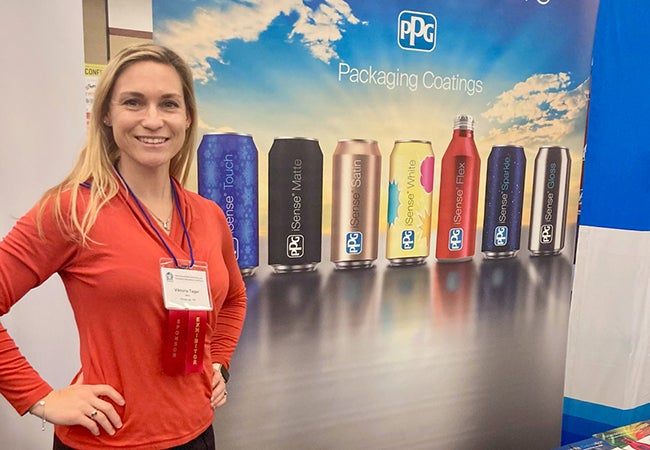 | 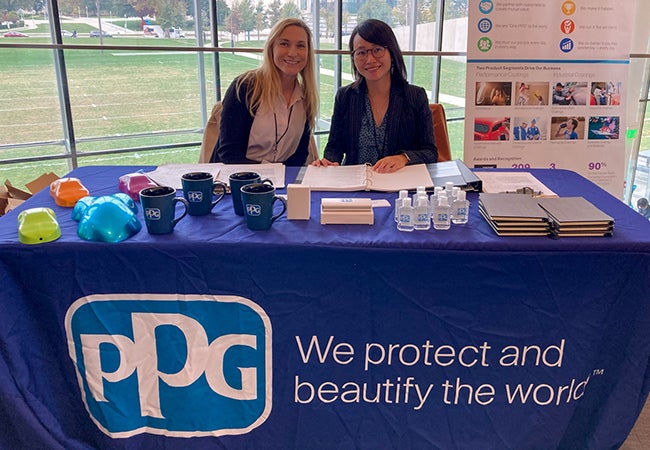 |
Easy Opening, Complex Production
Viktoria's segment focuses on the top of a beverage can. From a manufacturing standpoint, it is different from the rest of the can. It also plays a crucial role in providing stability to the structure as a whole.
"Without our coatings, you couldn’t stamp the end. First, we protect the drink. Second, we protect the aluminum from corrosion. Third, we enable the process of fast application and forming of the end."
The production process for the can body and the end differs greatly. For the end, flat sheet metal is coated first, and then the end is stamped on it. This stamping process is incredibly fast and requires precise coordination.
The EOE team must be able to anticipate the future needs of both its customers and end users, with approval cycles often taking 2–3 years. Viktoria likens this to gazing into a crystal ball.
"Whatever we develop needs to meet the criteria for 10 years from now. They don’t come to us and say, ‘We want this to change.’ Instead, they say, ‘This is our plan. Will your coating be ready?’"
One trend that has been easy to predict is the growing importance of sustainability – already a key focus today.
"Customers want to see more recycled content in cans. To them, the can symbolizes the future of packaging from a recyclability and sustainability perspective."
This naturally raises questions about recyclable content in metal. Its substrate is constantly evolving, with a strong focus on producing cans using less metal. This not only reduces costs but also improves environmental footprint.


